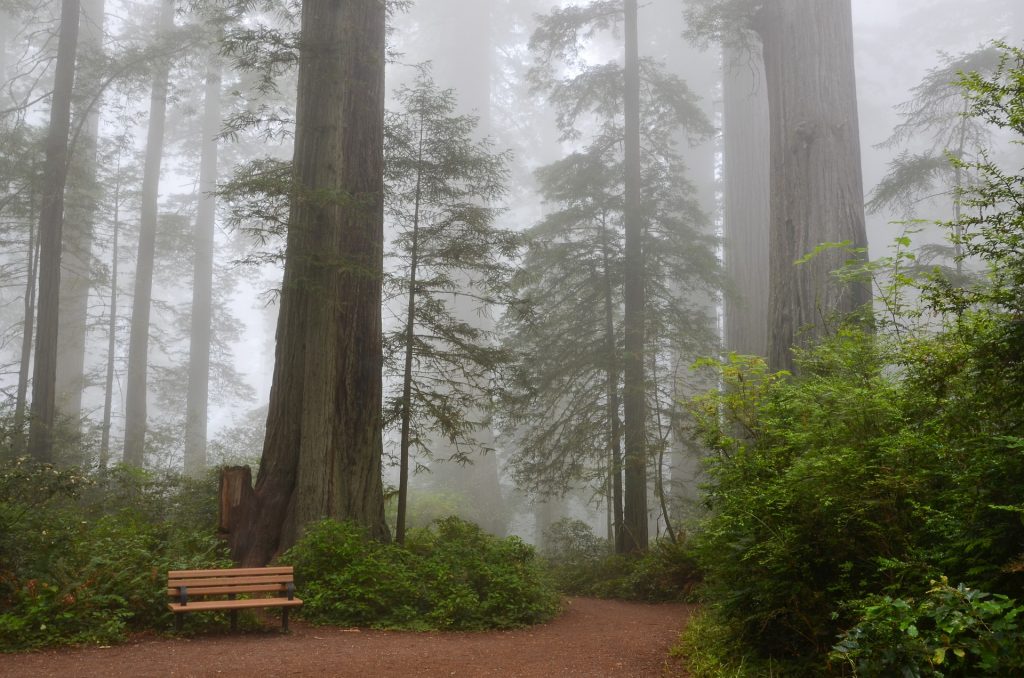America’s National Parks are more than just protected land; they are vast expanses of natural beauty and ecological significance. From the rugged canyons of the Grand Canyon to the geothermal wonders of Yellowstone, these national treasures invite travelers to explore the diverse landscapes and ecosystems that make up the United States. In this article, we’ll embark on a journey to discover the natural wonders awaiting you in some of the most iconic national parks.
The Significance of National Parks
National parks are not merely recreational areas; they play a vital role in preserving the natural heritage of the United States. These protected lands serve as sanctuaries for diverse flora and fauna, safeguarding ecosystems from human encroachment and industrialization. They also provide visitors with opportunities to connect with nature, fostering a deep appreciation for the environment.
Yosemite National Park
Yosemite National Park, located in California’s Sierra Nevada mountains, is a testament to nature’s grandeur. The park is renowned for its towering waterfalls, ancient giant sequoias, and dramatic granite cliffs. Visitors can embark on hikes, such as the iconic Half Dome trail, and witness the park’s diverse wildlife.
Yellowstone National Park
Yellowstone, America’s first national park, is a geological wonderland. With spouting geysers, bubbling hot springs, and a vibrant range of wildlife, it’s a testament to the Earth’s dynamic forces. The famous Old Faithful geyser is a must-see, as are the herds of bison and elk that roam freely.
Grand Canyon National Park
The Grand Canyon, one of the world’s most celebrated natural wonders, is a colossal abyss carved by the Colorado River. Hiking the rim or descending into the canyon reveals awe-inspiring vistas, rock formations, and the unique ecology of this desert landscape.
Great Smoky Mountains National Park
The Great Smoky Mountains, straddling the North Carolina-Tennessee border, are renowned for their mist-covered peaks and ancient forests. Visitors can enjoy scenic drives, explore diverse plant and animal life, and experience the cultural heritage of the region.
Zion National Park
Zion National Park, in the heart of Utah, boasts striking red rock formations, narrow canyons, and challenging hikes. The Angel’s Landing trail offers a thrilling adventure with panoramic views.
Acadia National Park
Located on Mount Desert Island in Maine, Acadia National Park is a coastal gem. Visitors can explore rugged coastlines, go bird-watching, and take in the stunning views from Cadillac Mountain. The charming town of Bar Harbor is nearby for added exploration.
Arches National Park
Arches National Park in Utah is home to over 2,000 natural sandstone arches. Delicate Arch is the most famous, but the park offers numerous otherworldly rock formations that are best explored through hiking and photography.
Glacier National Park
In the pristine wilderness of Montana, Glacier National Park showcases glacier-carved terrain and pristine lakes. Hikers can explore a network of trails while watching for grizzly bears, mountain goats, and bighorn sheep.
Caring for America’s Natural Treasures
While visiting these national parks, it’s crucial to be a responsible traveler. Leave No Trace principles should be followed to minimize the environmental impact. Conservation efforts and sustainable tourism are vital to preserve these natural wonders for future generations.
Conclusion
America’s National Parks are a testament to the country’s commitment to preserving its natural heritage. They offer a diverse range of landscapes, from deserts to mountains, and from canyons to coastlines. By exploring these parks, travelers not only experience the grandeur of nature but also become stewards of its protection. The wonders of America’s national parks are an invitation to reconnect with the natural world and appreciate the beauty of the land we call home.
FAQs
What are the best times to visit these national parks?
- The best time to visit varies by park, but generally, late spring through early fall offers pleasant weather and open facilities.
Are there accommodations within the parks?
- Yes, many national parks have lodges and campgrounds, but it’s advisable to book well in advance.
Do I need a pass to enter these parks?
- Yes, a National Park Pass is required for entry to most national parks. It provides access to all parks for a specified period.
Are pets allowed in national parks?
- While some parks permit pets in certain areas, many have restrictions due to wildlife protection and conservation efforts.
What safety precautions should I take when exploring these parks?
- Safety measures include staying on marked trails, following park guidelines, carrying essential supplies, and being aware of wildlife encounters.
